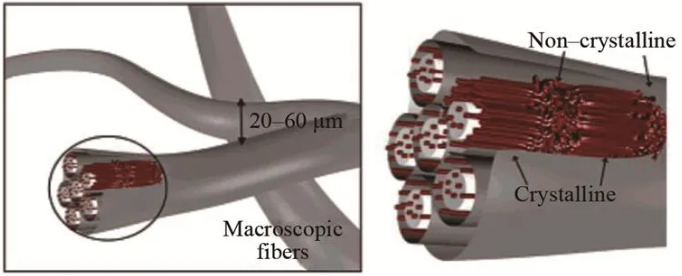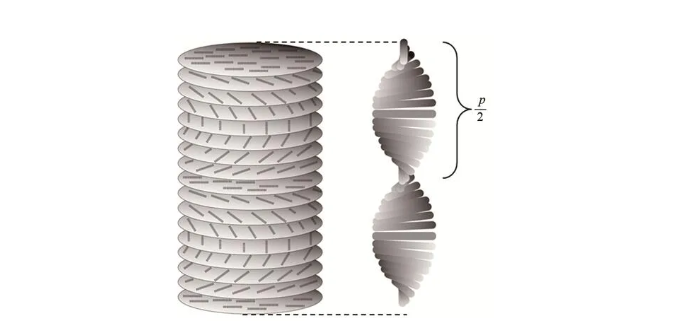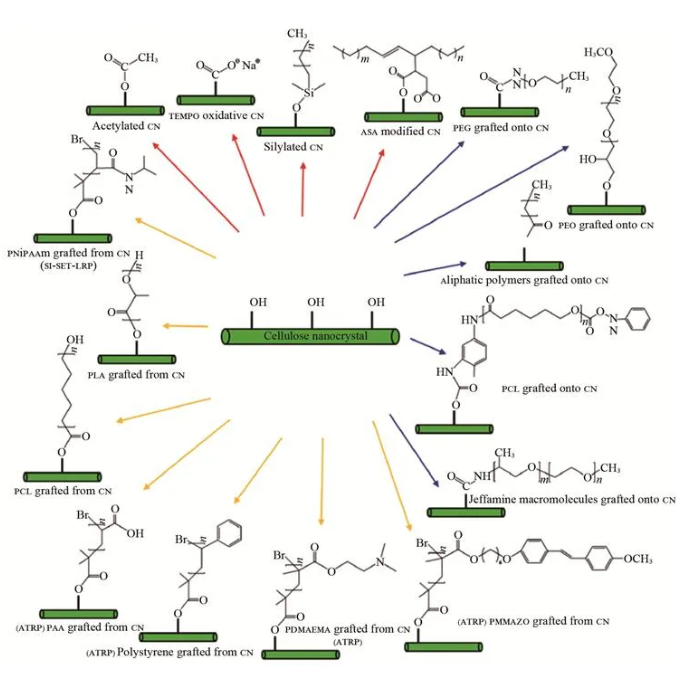[Review] Preparation and properties of nano cellulose
QQ Academic Group: 1092348845
Detailed


A review paper entitled "Preparation and Properties of Cellulose Nanomaterials" was published in the third journal of "Paper and Biomaterials" in 2020. The author is Professor Alain Dufresne from Université Grenoble Alpes, France. The paper introduces the research status of nanocellulose from the aspects of preparation method, performance and application, and summarizes the prospects and challenges of the future development of nanocellulose.

Figure 1 Different forms of nanocellulose and its applications [1]
The preparation of nanocellulose from lignocellulose fibers can be divided into top-down and bottom-up methods. Top-down preparation methods (including mechanical and chemical methods) first physically grind and purify the material, and then perform mechanical or chemical treatment on the purified product to degrade it, and finally obtain nanocellulose. The bottom-up method of preparing nanocellulose uses microorganisms to synthesize BC through a two-step method of synthesizing uridine diphosphate glucose and polymerizing monomer glucose into a long chain. Compared with wood-based plant-based nanocellulose, BC is composed of high-purity cellulose and does not require further purification.

Figure 2 Schematic diagram of the layered structure and semi-crystalline structure of purified cellulose fibers [2]
Nano cellulose has a high specific surface area and large aspect ratio, good mechanical properties, thermal properties, barrier properties and rheological properties; its unique optical properties are manifested in the self-assembly of nano cellulose (CNC) Form a spiral chiral nematic liquid crystal (cholesteric) and when the spiral pitch (p) is in the visible light wavelength range, the chiral nematic CNC film selectively reflects left-handed light and presents rainbow colors. This rainbow characteristic makes CNC can be used in the fields of bond paper, birefringent ink, paint and cosmetics.

Figure 3 CNC self-assembled spiral chiral nematic liquid crystal [3]
In addition, nanocellulose can also be modified by coupling with small hydrophobic molecules, grafting with polymers and oligomers, and adsorbing hydrophobic compounds on nanocellulose through surface hydrogen bonds to obtain modified nano Cellulose can be widely used in many fields such as filtration and biomedicine.

Figure 4 Common CNC functional modification methods [4]
Finally, the author pointed out that the industrial production and commercialization of nanocellulose is growing rapidly, but the production cost and energy consumption are still high at this stage; reducing the cost of large-scale production of nanocellulose and finding economically feasible surface modification methods are the future The weight of research and the great challenge.
Scan or press and hold the QR code to go directly to the original page after recognition:
Alain Dufresne. Preparation and Properties of Cellulose Nanomaterials. Paper and Biomaterials, 2020, 5(3), 1-13.
Alain Dufresne
Professor of Université Grenoble Alpes, France, mainly engaged in the research of polysaccharide nanoparticles and nanocomposites.
[1] Lin N, Dufresne A. Nanocellulose in biomedicine: Current status and future prospect. European Polymer Journal, 2014, 59, 302-325.
[2] Pääkkö M, Ankerfors M, Kosonen H, Nykänen A, Ahola S, Osterberg M, Ruokolainen J, Laine J, Larsson PT, Ikkala O, Lindström T. Enzymatic hydrolysis combined with mechanical shearing and high-pressure homogenization for nanoscale cellulose fibrils and strong gels. Biomacromolecules, 2007, 8, 1934-1941.
[3] Börjesson M, Westman G. Crystalline nanocellulose—Preparation, modification, and properties. In: Cellulose: Fundamental aspects and current trends. Ed. Poletto M. New York: IntechOpen, 2015, 159-191.
[4] Lin N, Huang J, Dufresne A. Preparations, properties and applications of polysaccharide nanocrystals in advanced functional nanomaterials: A review. Nanoscale, 2012, 4, 3274-3294.
This information is from the Internet for academic exchanges. If there is any infringement, please contact us and delete it immediately
- Previous: Quantum dots + large s
- Next: Chemical Engineering J


 Academic Frontier
Academic Frontier